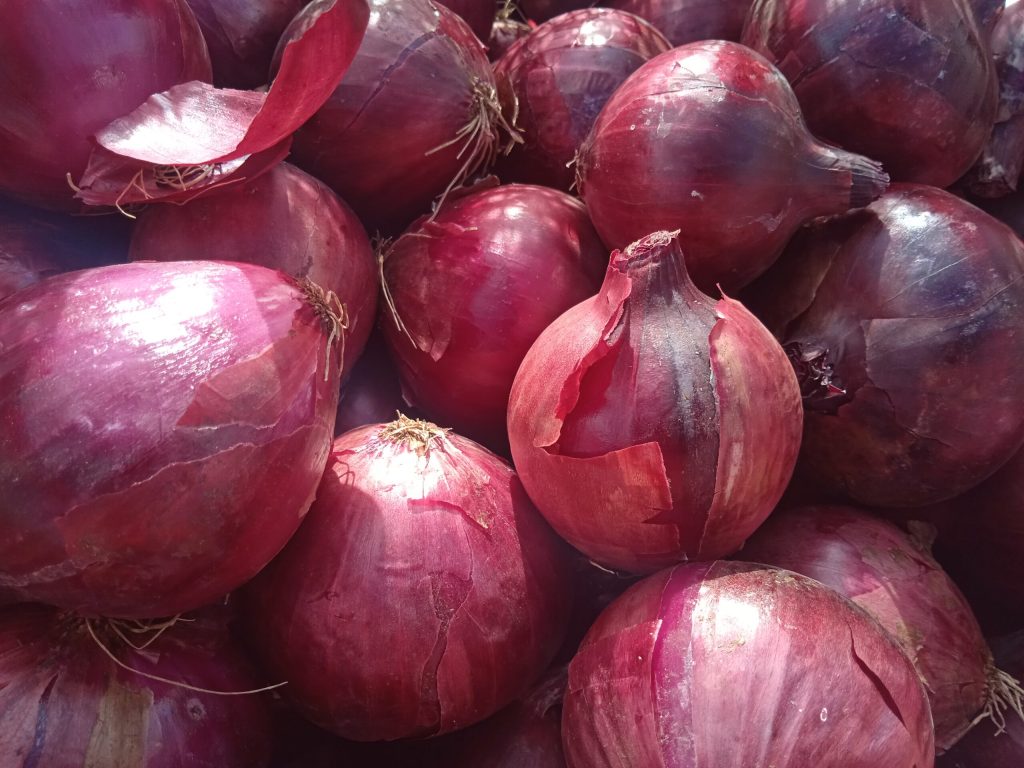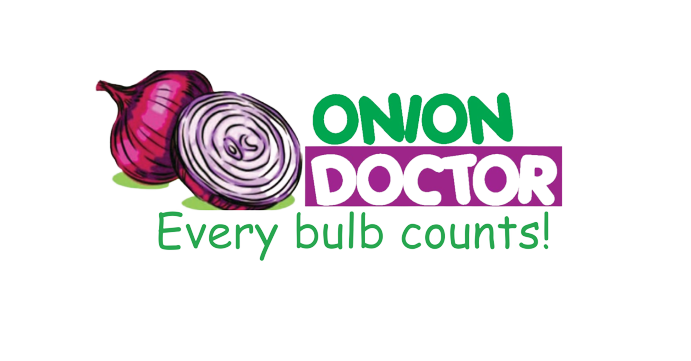Comprehensive Guide to Onion Farming in Kenya with Expert Tips from Onion Doctor

Are you in need of in-depth knowledge on onion and garlic production? If yes, we are a call away. Our service chatter includes: Onion seedlings, Garlic seedlings, Farm planning services, Soil testing, Drip irrigation installation and maintenance, Agronomic support, Onion and Garlic value pack and Farm management. For free consultation, placing orders or booking a visit with an agronomist, please contact us via Call or what’s app +254703982228, Email: Info@oniondoctor.co.ke.
Onion Farming in Kenya: Types and Varieties There are two main types of onions grown in Kenya: bulb onions and spring onions. Of the two, bulb onions are more popular due to their long shelf life and sweet taste. Prices of onions fluctuate depending on the season and variety planted. The price fluctuation is mainly attributed to the importation of onions from Tanzania, where the cost of production is lower. Timing is therefore key if a farmer wishes to reap from their produce. The best time to plant is between November and May, as onions fetch high prices due to low supply from Tanzania. The best areas suited for growing onions in Kenya are Kajiado, Narok, Kieni, Karatina, Oloitoktok, Kakamega, and Naivasha, among others. Onions do well in well-drained fertile soils rich in humus with a pH ranging from 5.8-6.5. The common varieties grown in Kenya include Jambar F1, Islero, Red Creole, Red Passion, and Red Pinnoy. All varieties in Kenya prefer warm to hot temperatures, ranging from 15-30 degrees Celsius. An acre requires 1-1.5kg of onion seeds depending on the variety and the spacing. The spacing normally affects the size of the bulb onions.
Onion Farming in Kenya: Seedling Establishment Onions can be grown by direct seeding, which requires intensive management, or by first establishing a nursery bed. Just like other vegetables planted in a nursery bed, site selection is key to proper planning for the production of healthy and vigorous growing seedlings. The site should be in a secure environment, near a water source, and preferably near the crop production site. It should be raised to a height of about 15cm to encourage drainage, 1m width for easy workability, and the length of your own desire depending on the number of seeds to be sowed. Shallow drills are made 2cm deep and 15cm apart after leveling, and seeds are sowed singly. This is achieved by mixing sand and onion seeds in a ratio of 3:1. Cover the nursery bed using agro-nets or dry grass free of weeds, pests, and diseases. Immediately after sowing, watering should be done twice per week depending on the moisture level. In most cases, the seeds sprout after seven days. The crop in the nursery should be established for 4-6 weeks and transplanted when pencil-sized in thickness, 10 to 15cm tall, and have 3-5 true leaves. Onion Doctor provides high-quality onion seedlings and advice on seedling establishment to ensure optimal growth.
Onion Farming in Kenya: Transplanting It’s always wise to do a soil test before planting to know the status of nutrients in the soil, which will guide you on nutrient application for onion production. A serious farmer should prepare the land to a fine tilth and add well-decomposed manure. Depending on the soil test, one can consider using DAP during planting and top-dress using CAN at week four. Frequent scouting for crop nutrition is paramount, and mitigation measures should be taken immediately. To prevent transplanting shock, do the exercise early in the morning, late in the evening, or when the weather is cloudy. It’s ideal to trim the shoot and root (3 inches for shoots and 0.5 inch for roots) before seedling placement to minimize moisture loss and seedling shock during and after transplanting. The ideal spacing is 8-10cm between the seedlings and 15cm for inter-row distance to allow better bulb development. Spacing is also determined by the variety planted and soil fertility. Onion Doctor offers soil testing and transplanting guidance to help farmers optimize their yields.
Onion Farming in Kenya: Watering and Irrigation Too much rain or excessive watering can waterlog the crop. If the rain in your area is too much, focus on growing the crop during the short rains. You can also raise the beds to ensure the water flows out of the field. Avoid excessive watering of your onions. The best type of irrigation for onions is drip irrigation. Overhead irrigation should be avoided as it causes fungal diseases. Onion Doctor provides drip irrigation installation and maintenance services to help manage your watering needs efficiently.
Onion Farming in Kenya: Pest and Disease Control Common diseases that affect onions include Downy Mildew, Bacterial Soft Rots, Pink/White Root, Botrytis, and Rusts. Use herbicides to get rid of the diseases. Common pests that attack onions include maggots, thrips, onion flies, red spider mites, nematodes, and the leaf miner. Use pesticides from accredited brands to get rid of the pests. Frequent scouting for pests and diseases is important for early detection, prevention, and control. Onion Doctor offers agronomic support and pest control solutions to ensure healthy crops.
Onion Farming in Kenya: Weeding The land should be free of weeds, which compete for nutrients, light, and space and harbor pests and diseases. Weeds should be removed occasionally either physically or through the use of herbicides. In one season, there should be at least 2-3 weeding sessions.
Onion Farming in Kenya: Harvesting Once transplanting is done, one should prepare to harvest after 4-5 months depending on the variety. Top leaves will yellow and begin to fall over, an indication they are ready for harvesting, which should coincide with dry and hot weather. Curing of the onions is done by uprooting every single stem and leaving it to dry, after which leaves and roots are cut off with a sharp knife. A good harvest offers 20-25 tonnes per acre depending on the variety. Onion Doctor provides farm management services and harvesting tips to maximize your yield.
About Onion Doctor Onion Doctor supports smallholder farmers across Africa with quality and affordable onion and garlic seedlings, farm planning services, soil testing, drip irrigation installation and maintenance, agronomic support, value packs, farm management, e-extension, and on-farm training. These services are designed to help farmers optimize yields and achieve maximum profits.
